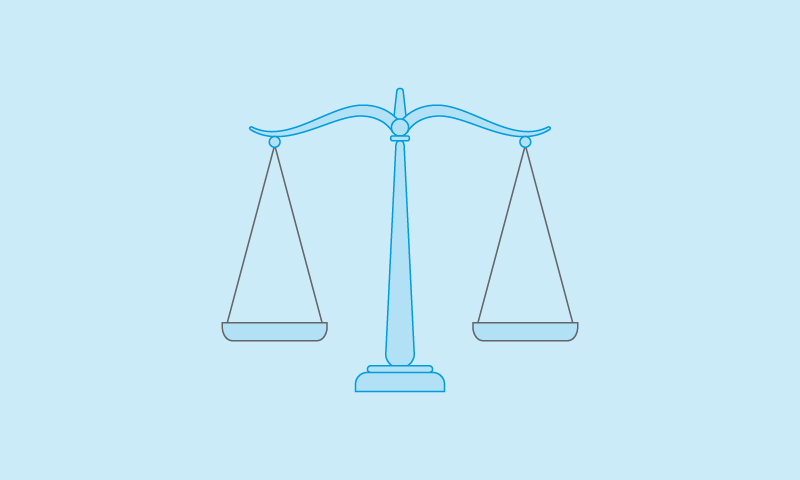29 November 2022
HMRC’s new penalty regime for the late submission and payment of VAT returns will come into force for VAT return periods beginning on or after 1 January 2023, bringing VAT penalties more closely in line with existing penalties for direct tax returns.
The VAT penalty changes will be accompanied by the repeal of VAT repayment supplement, payable when HMRC fails to release a repayment claimed on a VAT return within the statutory time limit. Instead, VAT will be covered by the repayment interest scheme that already applies to direct taxes.
Welcome changes
The new penalty regime replaces the unpopular default surcharge regime, which has on occasion imposed very large fines on businesses that have paid the liability on their VAT returns only a day or two late. This is likely to be broadly welcomed by taxpayers as it greatly reduces their risk of receiving a substantial penalty for a minor error or oversight related to VAT compliance.
The new system requires no particular action by taxpayers, but it is nevertheless important for VAT registered entities to familiarise themselves with the new rules so they can anticipate where the risk of a penalty may arise.
The existing system
Currently, late submission and/or payment of VAT returns is penalised by a single default surcharge, which is calculated as a percentage of the VAT due on the return. Businesses receive a surcharge liability notice for the first default, and subsequent defaults are successively surcharged at 2%, 5% and 10% up to maximum of 15%. However, the surcharge is imposed at a fixed amount for a late filing – it does not increase according to how late the return is submitted, and no interest is charged on late payments.
Also, taxpayers claiming refunds from HMRC through their VAT returns are currently entitled to claim repayment supplement when HMRC releases their refund late. Repayment supplement is paid to the taxpayer at 5% of the refundable amount in cases where HMRC does not issue a written instruction to pay a return or claim within 30 days of the receipt of the VAT return or claim. However, HMRC is entitled to ‘stop the clock‘ on this time limit to make reasonable enquiries to verify the claim.
Default surcharges have been something of a blunt instrument for punishing VAT compliance failures. They can result in unexpectedly large fines for those that submit and/or pay their VAT liability just a few days late, often as a result of an unintended error, rather than because the business is unable or unwilling to pay the VAT due. The resultant appeals have kept HMRC and the tribunals very busy over the years, with several examples of five or even six figure surcharges being imposed when a default coincides with a period containing an unusually large VAT liability.
The new system
Such a situation cannot arise under HMRC’s new penalty regime, which will impose up to four different but potentially parallel charges on businesses that do not submit and/or pay their returns on time, as follows.
- Late submission points-based penalty – HMRC will issue a single penalty point for the late submission of a VAT return and, once a business has exceeded a points threshold for multiple missed returns, a flat penalty of £200 will be imposed, with a further £200 penalty for each subsequent late return until a period of full compliance is achieved, when the points total will be reset to zero.
- Late payment penalties – this will be a two-part penalty. The first charge will be imposed at 2% of the outstanding VAT if the VAT due on a return remains unpaid 15 days after its due date. If any of this VAT is still unpaid after 30 days, a further penalty of 2% of the VAT still outstanding at that point arises. The second charge is a daily penalty (set at 4% per year on the outstanding amount) starting from 31 days after its due date until the business pays the VAT that is due or agrees a payment plan with HMRC. HMRC has, however, confirmed that it will apply a soft-landing period to this penalty in the first year. Between 1 January 2023 and 31 December 2023, the first charge will not be imposed on taxpayers that pay their VAT liability in full within 30 days of the payment’s due date.
- Late payment interest - interest (calculated at 2.5% above the Bank of England base rate) will also be payable on VAT outstanding after its due date, until full payment is received.
For organisations that claim refunds of VAT from HMRC (whether regular or occasional), the new regime will also introduce repayment interest, payable by HMRC to the taxpayer when it is late refunding VAT claimed on a VAT return. This will be calculated at 1% below the Bank of England base rate, with a minimum rate of 0.5%, and will be payable from the due date of the return (or, if later, the date the return was submitted) until the date the repayment is authorised by HMRC. Unlike the previous regime, which allowed HMRC to suspend its liability to pay repayment supplement while it pursued reasonable enquiries to verify the claim, repayment interest will accrue daily, including during any period where HMRC has raised a reasonable inquiry, or is correcting errors or omissions.
HMRC says that further detailed guidance about the new regime as a whole will be published in December 2022, so businesses should look out for any changes or clarifications that may emerge at that stage.
Expected impact
Although undoubtedly more complex than the current regime, the new system is at least fairer to the majority of taxpayers and, as such, is likely to be broadly welcomed. However, there will still be winners and losers once it comes into force.
The new regime is good news for businesses that might occasionally submit and/or pay their VAT return less than 15 days late (for example, because of an administrative or bank error or a short cashflow-related delay), as they will only incur relatively small amounts in penalties and interest.
By contrast, it will be bad news for businesses that struggle to pay their VAT liability at all and are frequently more than 30 days late settling the VAT due. These businesses could find themselves caught up in a complex web of escalating penalties from which it may be difficult to escape. The daily penalty imposed once a VAT payment has been outstanding for more than 30 days will be particularly punitive.
The design of the scheme suggests that HMRC has two principal aims. Firstly, it is no doubt seeking to cut down on the large number of surcharge-related appeals that are putting pressure on the overstretched tribunal system. These are mostly fought by healthier businesses that have been surprised by a large surcharge imposed for a minor VAT compliance error, perhaps because an equivalent failure for direct taxes would have resulted only in a small penalty. Secondly, by offering reduced penalties to those that seek help quickly, HMRC also seems keen to encourage long-term late-payers to enter into formal ‘time to pay’ arrangements. But even this will not save taxpayers that are in such trouble they fall behind on an individually negotiated ‘time to pay’ agreement, and that situation may become more common as the cost of living crisis and expected recession begin to bite.
For more information, please get in touch with Ian Carpenter or your usual RSM contact.









